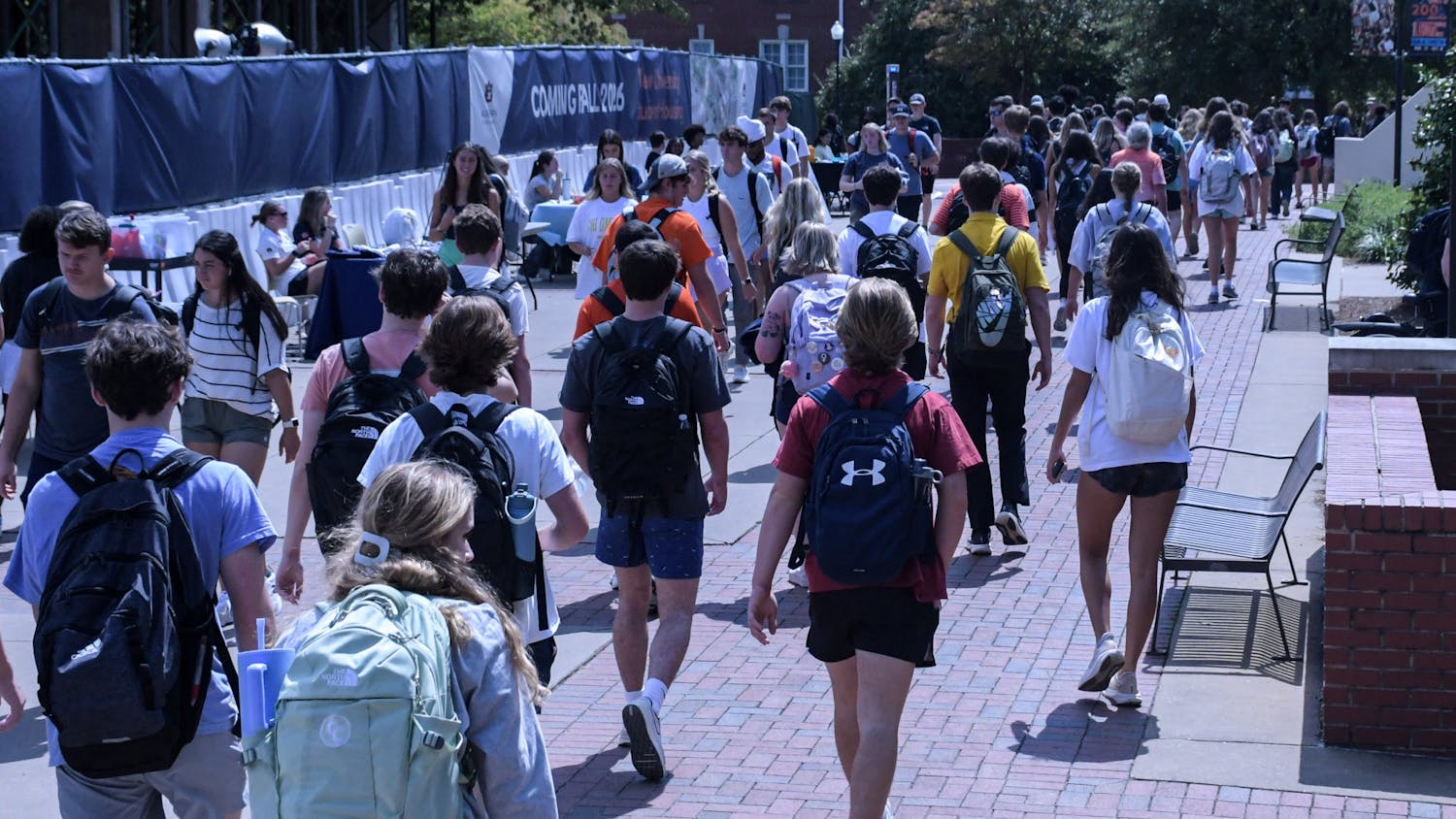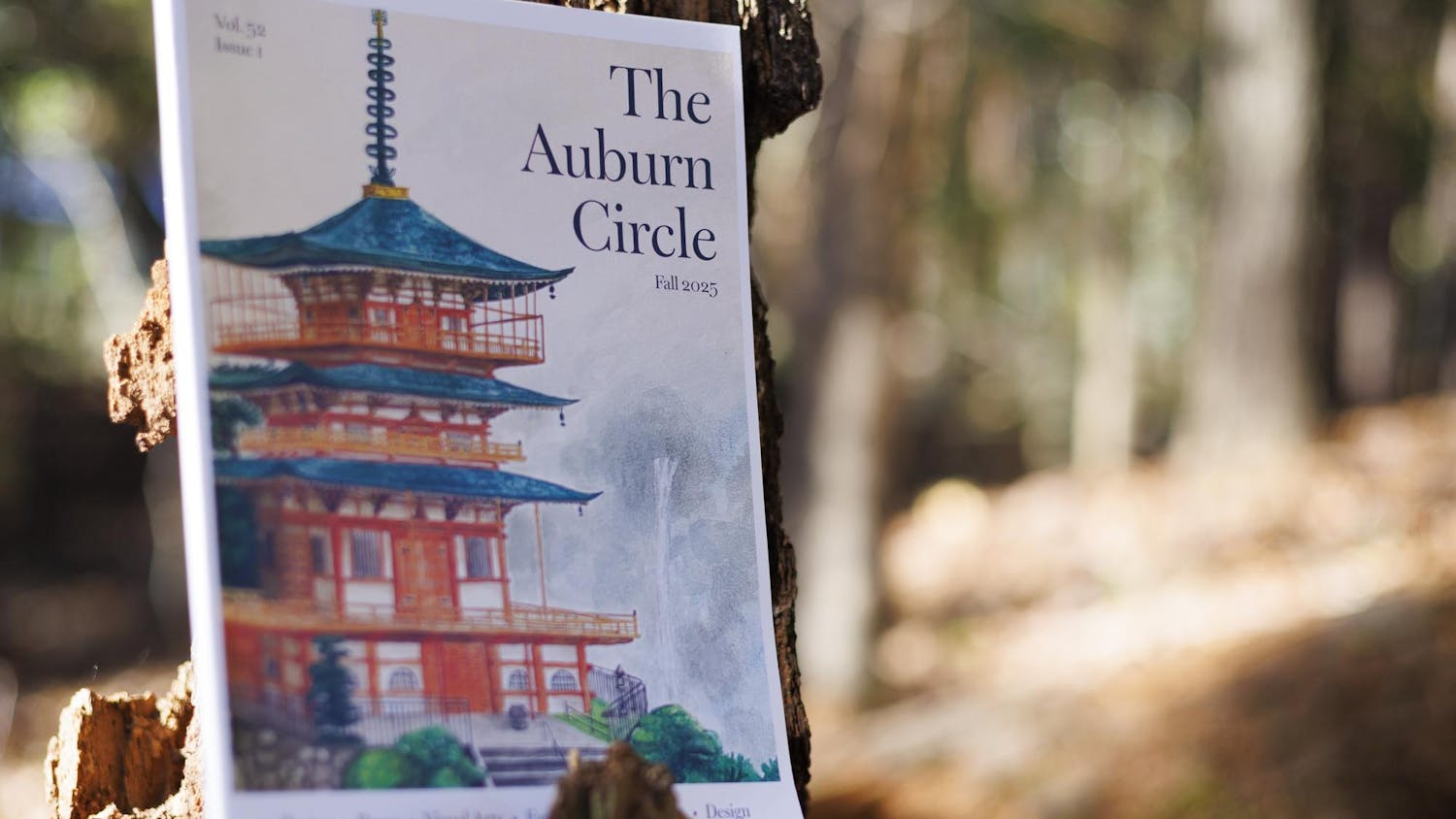Established in 1872, Auburn University is a historical part of Alabama’s history. Buildings such as Samford Hall are integral to Auburn’s campus and hold a special place in many students’ hearts. These buildings are so special that some feel the history must be displayed and observed.
Mary Norman, president of the Auburn Heritage Association and Auburn University alumna, has been working for the past four years to have historical markers placed outside each of the Samford Park buildings, including Biggin and Langdon Halls.
“Getting permission from the University and university architect has been a long process for the past four years,” Norman said.
The Auburn Heritage Association (AHA) has garnered permission in the past to place historical markers outside of Chapel Hill, Pebble Hill, the Collars Rotation, Cary Hall and the Max Morris Drill Field.
Before a marker can be placed, the area or building must first be considered part of the National Register. The AHA had all of the buildings in the Samford Park area placed on the National Register in 1978, as well as listed in the Auburn University Historic District.
“We were moving right along … and then we hit a brick wall with the University when they decided they wanted to make a whole policy,” Norman said.
Norman said the delay has been frustrating for the AHA because the group had originally been given permission before being told to wait.
Auburn University architect Jim Carroll said the delay is the result of careful planning and consideration.
“It’s a challenge sometimes to provide recognition for all things on Auburn’s campus,” Carroll said. “There’s a lot of recognition, and we are just trying to be consistent and the most aesthetically pleasing that we can be.”
Professor of veterinary medicine and chairman of the Historic Preservation Committee Charles Hendrix is also a member of the AHA, and he said he doesn’t understand the lack of markers at Auburn while the University of Alabama has so many.
“Alabama beats the stew out of us relative to historic markers,” Hendrix said. “Their whole campus is covered in them.”
The historic markers the AHA and HPC are working to obtain will consist of two sides: one telling the history of the person the building is named for, and the other for telling the history of the building itself.
“Take Mary Martin Hall,” Hendrix said. “It is a real honor to have that building because it is one of only 14 Carnegie libraries in Alabama, and it used to be the library for Auburn.”
Norman said she believes the historic markers are necessary for telling an integral part of Auburn’s history.
“Those buildings that were important architecturally and the people for whom those buildings are named, those are the people who have shaped Auburn for what it is today,” Norman said.
Norman said she would like to garner more support from students for this project, because she feels many are unaware of the rich history surrounding them.
“We would like more students to voice their opinions in this matter,” Norman said. “A lot of the history of Auburn is being told through the football team, and there’s nothing wrong with that, but there are other parts of our history that should be told as well.”
Norman said the AHA has even said it will pay for the historic markers and do fundraisers, such as the Halloween “Lantern Tour,” so that it has money for such projects.
Carroll said he has no problem with the markers and thinks they’re beautiful. The problem lies in knowing how many to place and where.
“I like the idea of having historical markers on campus,” Carroll said. “What we are trying to evaluate is whether we should place markers at each individual building or celebrate the whole area.”
Norman and Hendrix said they will continue to push for the markers to be placed outside each building.
“Auburn has got a beautiful, rich history that needs to be shared,” Hendrix said.
Do you like this story? The Plainsman doesn't accept money from tuition or student fees, and we don't charge a subscription fee. But you can donate to support The Plainsman.




